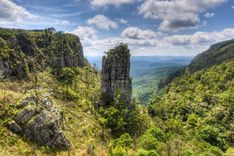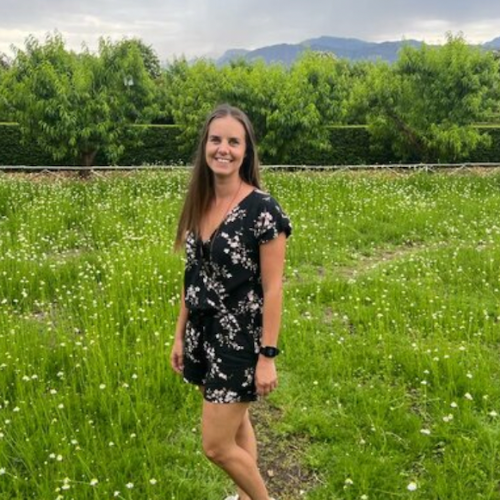3. The East
Drakensburg Mountains
Much of South Africa stands on the Southern African plateau, between 1,000 and 2,100m high, whose edge follows a large coastal plain around the country and divides it into Highveld and Bushveld. This Great Escarpment reaches its highest point in the east, along the border with Lesotho, where it is known as the Drakensberg. Nearly 3,500m at their highest, these peaks make up some of the most striking scenery in Africa, if not the world, and are often touched with snow in winter.
No visitor should miss the “Amphitheatre”, a 1,200m sheer wall that stretches for five kilometres through KwaZulu-Natal Province. Over it plunges Tugela Falls, perhaps the highest waterfall in the world with a total drop of nearly a kilometre. The view from the top rewards any hiker with one of the world’s most remarkable views.
Cathedral Peak, Cleft Peak, Rainbow Gorge, Giant’s Castle and the Mnweni Valley are among the many highlights. Giant’s Castle has a game reserve with some 300 eland and a hide where birders can see many species of vultures in the wild, including the Lammergeyer or bearded vulture.
Apart from drives, hikes and horse-riding tours, helicopter sightseeing flights provide another great way to take in this glorious scenery – from a totally new angle.
MUST-DO: Part of the Drakensberg was declared a UNESCO World Heritage Site for its “spectacular natural landscape, … threatened and endemic species, and wealth of rock paintings.” Battle Cave is one of the best places to see some of the rock art made by the San people over a span of 4,000 years.





















